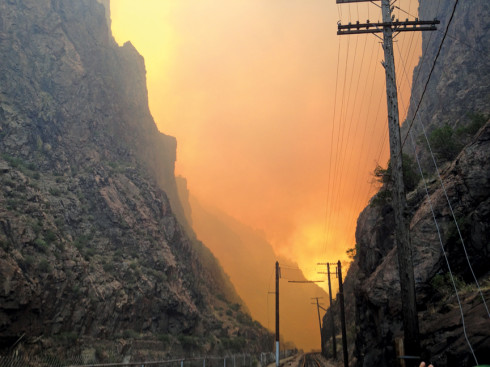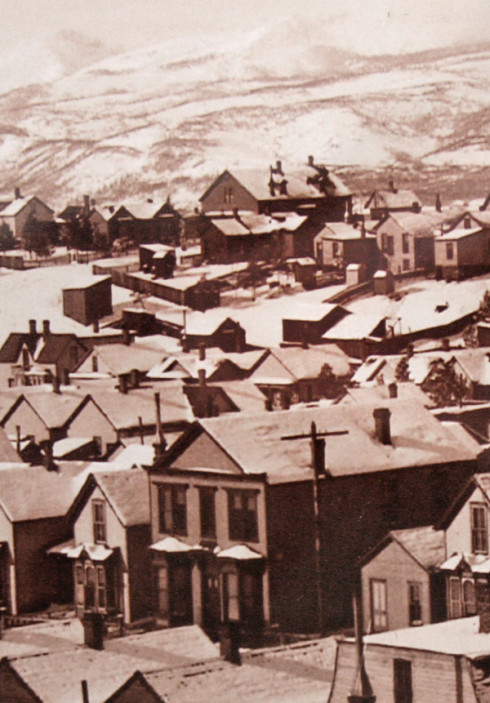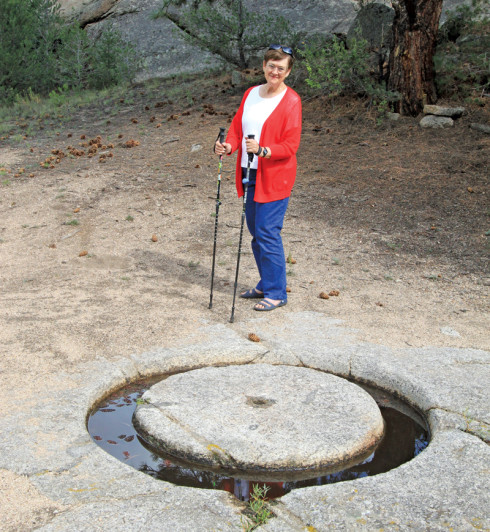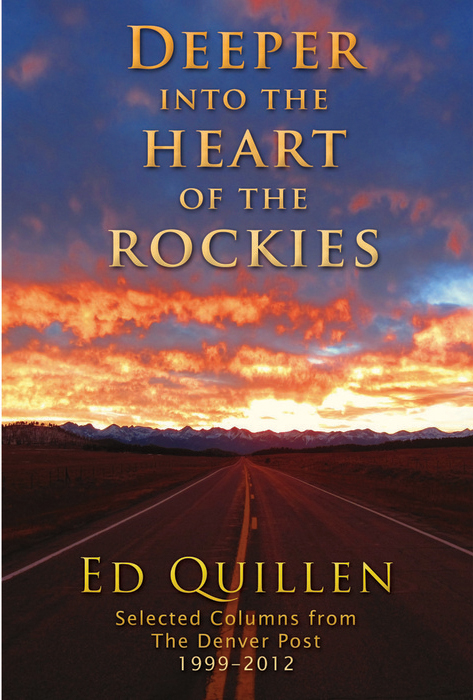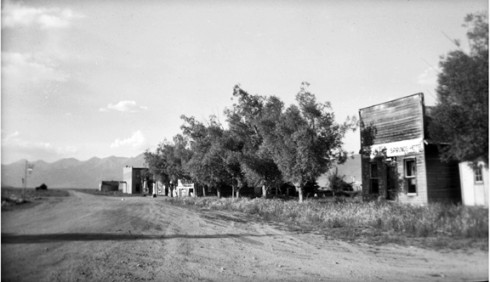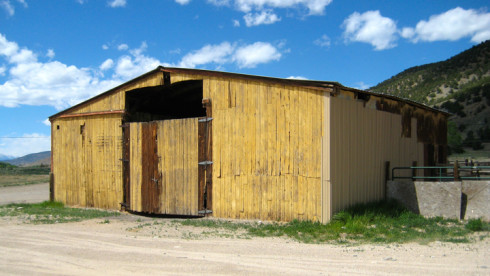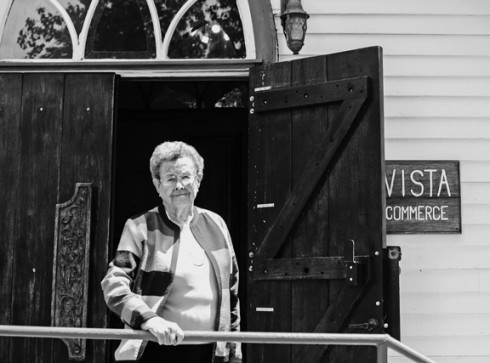Plane Crash at the Sand Dunes Takes Two Lives
A Piper PA-28 piloted by Monte Vista resident Richard Cutter, 69, crashed in a remote area on Medano Pass at the Great Sand Dunes National Park and Preserve on June 8. Cutter died in the crash. A passenger, Sandra Fitzgerald, 51, of Alamosa, died June 18 in a Denver hospital, where she had been transported following the crash. The cause of the crash is still being investigated.

